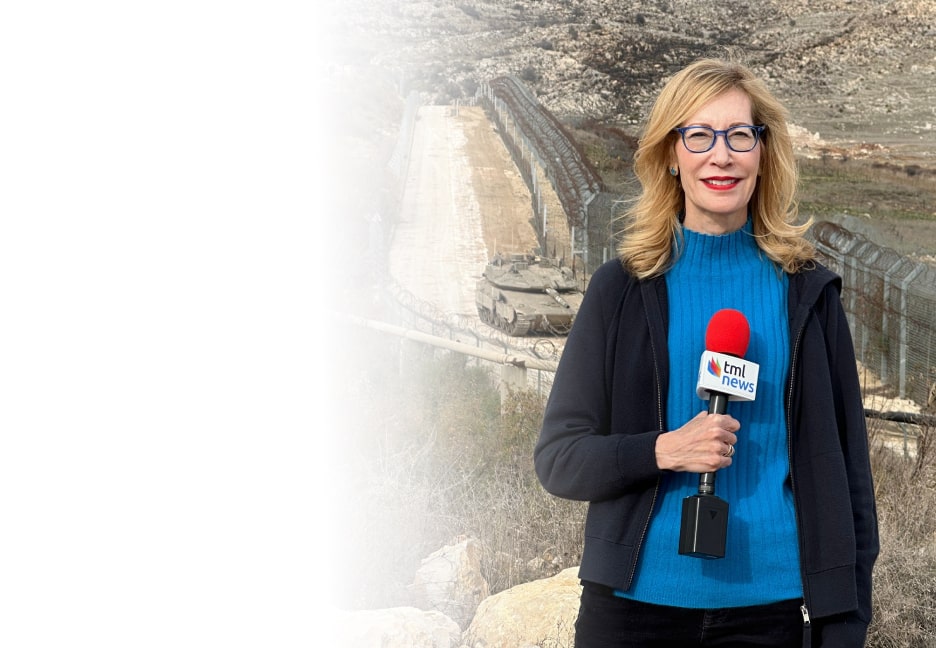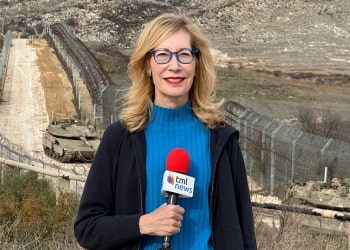Russian President Vladimir Putin took to the airwaves in Russia early on Thursday morning to announce his country’s invasion of Ukraine. During his announcement of the start of a “special military operation” in Ukraine, with which Russia shares a nearly 1,500-mile border, Putin accused the US and its allies of ignoring Russia’s demand to prevent Ukraine from joining the North Atlantic Treaty Organization (NATO), and to offer Moscow security guarantees, leading to Russia’s current efforts to “demilitarize” Ukraine.
Another pretext for the invasion: The Kremlin claimed that the rebels in two Russian-speaking breakaway republics in eastern Ukraine asked Russia for military assistance against Ukrainian “aggression.” Putin recognized the self-proclaimed Donetsk People’s Republic and Luhansk People’s Republic as independent a week ago in violation of treaties signed with Ukraine in 2015 following the war over Crimea.
Russia’s insistence that Ukraine be prevented from joining NATO and calling such membership a threat to Russia’s “historic future as a nation” appears to be a large reason for the current conflict, even though Ukraine has had ties to the organization for nearly three decades.
Relations between Ukraine and NATO were first established in 1992 when Ukraine signed on to the Partnership for Peace program, which allowed NATO to build relationships with individual countries including the newly independent countries that made up the former Soviet Union. Ukraine applied to begin a NATO Membership Action Plan, a special program for countries that wish to join NATO, in 2008. Events including Russia’s annexation of Crimea and military invasion in Ukraine after Ukraine ousted then-President Viktor Yanukovych, who was closely aligned with Putin, and Ukrainian parliamentary elections in October 2014, led the Ukrainian government to urgently prioritize joining NATO.
Ukraine’s President Volodymyr Zelenslyy, an actor who played an actor elected president of Ukraine on television, who then got elected president in a strange example of life imitating art, rose to power in part on his promises to end the conflict between Russia and Ukraine, but after negotiations with Russia led to the offer of unsatisfying terms began to talk openly about garnering Western support and joining NATO.
This holiday season, give to:
Truth and understanding
The Media Line's intrepid correspondents are in Israel, Gaza, Lebanon, Syria and Pakistan providing first-person reporting.
They all said they cover it.
We see it.
We report with just one agenda: the truth.


In December, following months during which Russia massed about 100,000 troops on the border with Ukraine, Putin demanded that the United States and its allies halt all military activity in Eastern Europe and Central Asia and offer written guarantees that they would not expand into the former Soviet republics, including a request for a NATO commitment that it would not offer membership to Ukraine specifically. NATO refused the demand, saying it would not rule out membership for any country in Eastern Europe, including Ukraine.
Russia has land borders with 14 countries and maritime borders with four others, including the United States. Among the neighboring countries sharing a land border with Russia are four NATO members: Poland and the three Baltic states of Lithuania, Latvia, and Estonia. It also has a maritime border with NATO-member Turkey.
Putin has said that he fears a NATO-member Ukraine could become host to US ballistic missiles and US troops, which he considers a direct threat.
But the feature of the NATO treaty that Moscow appears to fear most is Article 5, which states that an armed attack on one or more of the NATO alliance countries is considered an attack against them all and requires the alliance members to assist the attacked country including with the use of armed force. Russia does not want to come into conflict with the United States, the United Kingdom, France, Germany, and the other 26 NATO member states. And the NATO counties do not want to get into an armed conflict with Russia, meaning that it could be a long time until Ukraine receives full membership.
So, Ukraine is a victim of its desire to join the alliance, while at the same time receiving no official protection from it.
It is not known why Russia has chosen now to invade Ukraine and whether it simply wants to regain control over the separatist areas in the southeastern Donbas region or install a pro-Russian puppet government over all of Ukraine, which as late as last year Putin called “one nation” with Russia and part of historical Russia. Putin says the same of Belarus, which allowed Russia to use its border as a staging ground to enter Ukraine and is rumored to be getting ready to enter Ukraine and fight alongside the Russian military.
Expanding NATO outside of Europe and North America would require amending Article 10 of the NATO charter, which states that the NATO member countries can by unanimous agreement “invite any other European state in a position to further the principles of this treaty and to contribute to the security of the North Atlantic area to accede to this treaty.”
At least one country that belongs to the European Union has been blocked from joining NATO due to a conflict with a member country. Cyprus’ conflict with Turkey has prevented it from being accepted to the Partnership for Peace program as a precursor for membership in the alliance.
Over the past few decades, a number of proposals have been suggested for expanding NATO beyond Europe and North America. Middle Eastern and Mediterranean countries such as Egypt, Israel, Jordan, Morocco, and several Gulf states have been mentioned as potential members. In January 2020, then-President Donald Trump proposed that NATO’s membership should expand to include Middle Eastern countries. The US has designated several Middle Eastern and Gulf countries as major non-NATO allies, including Bahrain, Egypt, Israel, Jordan, Kuwait, Morocco, Qatar, and Tunisia. Afghanistan was named a major non-NATO ally in 2012 but stripped of the designation when the Taliban took over in 2021.